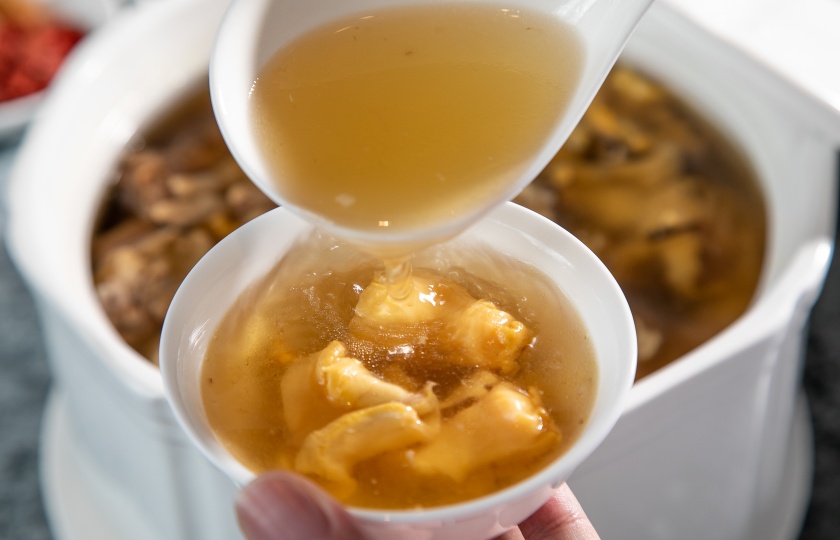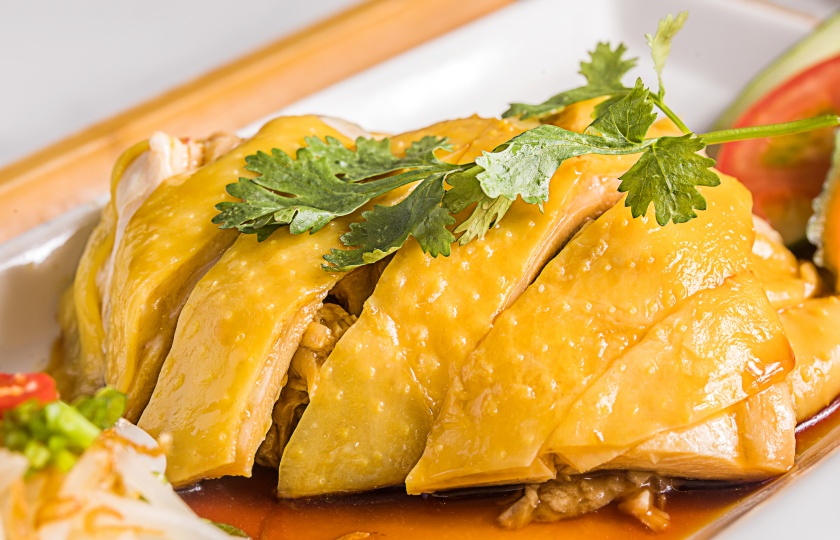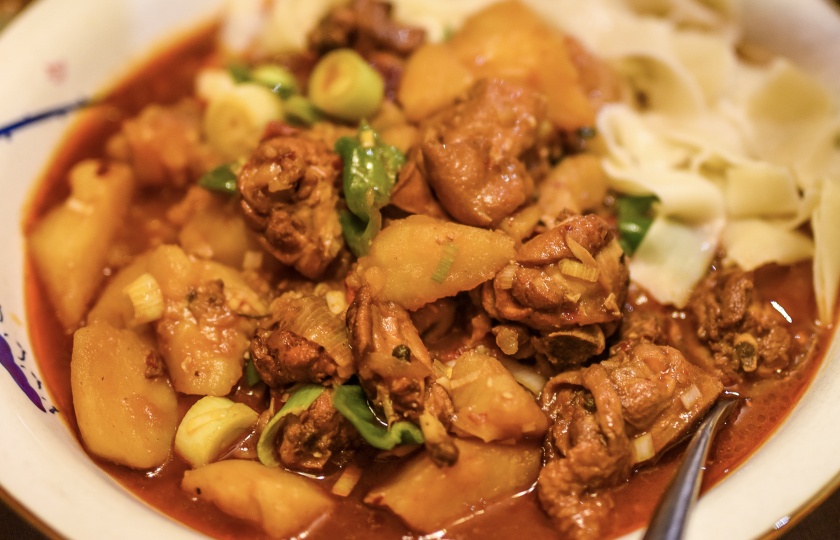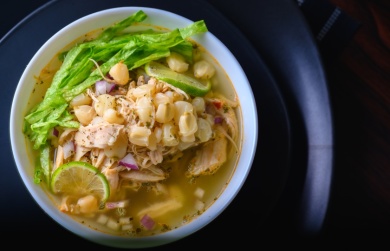Delicious Ways: How to Cook Chicken Boiling

Chicken, a frequent guest on the dining table, has unlimited cooking possibilities. Whether it is fried, roasted, stewed or stir-fried, it can be turned into a mouth-watering delicacy. Let's understand how to cleverly cook chicken together.
What is the best way to boil chicken?
The best way to boil chicken is to soak it in cold water for 15 minutes to remove the blood first. Then put it in cold water and bring it to a boil over high heat. Turn to low heat and simmer for 20 to 25 minutes. This way, the chicken can be both tender and fully cooked.
Before boiling, you can add green onions, ginger, garlic, star anise and cooking wine to enhance the flavor. But it is best to add salt after boiling. This can make the chicken more chewy. The amount of water should just cover the chicken. Too much water will affect the concentration of the soup.
After boiling, the most crucial thing is to simmer for 5 minutes to let the chicken fully absorb the flavor of the soup. If it is fished out directly, the chicken is prone to being dry and tough. After simmering, slice it while it is hot. This will have a better taste.
For different parts of chicken, the boiling time should be adjusted appropriately. Chicken breast only needs to be boiled for 15 minutes. Chicken legs need to be boiled for about 5 more minutes. If it is a whole chicken, it is recommended to boil the large pieces first and then put in the small pieces.
Should I boil chicken with the skin on or off?
Boiling chicken with the skin on is better. Because the chicken skin can lock in the meat juice and nutrients and keep the chicken moist and not become dry. After boiling, you can choose whether to eat the chicken skin according to personal preference.
Boiling chicken without the skin is easy to cause the meat to become dry and tough, especially for parts like chicken breast that are already relatively tough. Moreover, after removing the chicken skin, the flavors of seasonings and spices are not easy to penetrate into the meat.
If you really don't want to eat chicken skin, it is recommended to add some oil or stock when boiling. This can appropriately make up for the impact of removing the skin and keep the chicken moist and maintain its taste.

How do you know when chicken is fully boiled?
Check the color:
Cooked chicken is white or light brown. There will be no pink in the middle of the meat and no blood around the bones. Basically, a preliminary judgment can be obtained by observing the color.
Measure the temperature:
Use a food thermometer to measure the thickest part of the chicken. The internal temperature must reach 75°C (165°F). When measuring, be careful to avoid the bones, otherwise the reading will be inaccurate. In this way, you can determine whether it is cooked.
Check the characteristics:
Poke the chicken with chopsticks or a fork. If the meat juice is clear and without blood, and the meat can be easily separated without toughness, and the bones and meat can also be easily separated, then it is fully cooked.
How much water should I use to boil chicken?
The optimal amount of water for boiling chicken is 1 to 2 centimeters above the surface of the chicken. This water level can ensure that the chicken is completely immersed in water while not making the soup too weak.
Using too much water will dilute the umami taste of chicken and make the soup bland and tasteless. Moreover, excess water will increase the cooking time and also make the chicken absorb too much water and become loose. Conversely, too little water will cause the chicken to not be fully cooked, affecting the taste.
For different cooking methods, the amount of water can be adjusted flexibly. For example, more water can be added when making soup. When making plain boiled chicken, control the water level to just cover the chicken. This can make the chicken firmer.

What’s the difference between boiling and simmering chicken?
Difference in cooking heat and time:
Boiling chicken uses high heat for quick cooking and can be completed in 15-20 minutes. While simmering chicken requires low heat and slow cooking, which takes 40-60 minutes.
Difference in cooking purpose:
Boiling chicken is mainly to keep the meat tender and is suitable for light dishes such as plain boiled chicken and shredded chicken salad. When cooking, usually only ginger slices and scallions are added for seasoning to highlight the natural deliciousness of chicken. Simmering chicken pays more attention to seasoning and achieving a soft and tender degree. It is often accompanied by side dishes such as potatoes and carrots and seasonings such as soy sauce and cooking wine.
Difference in finished product texture:
The meat of boiled chicken remains tender. After long simmering, the meat of simmered chicken becomes extremely soft and tender.
Difference in soup characteristics:
The soup of simmered chicken is more intense due to long simmering. In comparison, the soup of boiled chicken only plays an auxiliary seasoning role and is not as intense as that of simmered chicken.
Difference in nutrition retention characteristics:
Simmering chicken is more likely to dissolve nutrients in the soup. For example, collagen can be fully cooked out. Boiling chicken can better lock the nutrients in the meat and prevent moisture from easily escaping.
How do I boil chicken for chicken salad?
For making chicken salad with chicken breast, first wash the chicken breast. Then add ginger slices, scallions and a little cooking wine to the pot. After putting in the chicken breast, pour in cold water and bring to a boil over high heat. This can remove the fishy smell and keep the meat tender.
After the water boils, turn to medium-low heat and cook for 10-12 minutes. If it can be easily pierced through with chopsticks, it means it is cooked. Pay attention to the time. If cooked for too long, the chicken will become dry and affect the taste.
Immediately after the chicken is cooked, soak it in ice water for 3-5 minutes. This can keep the chicken tender and juicy, facilitate shredding later and will not become dry.
When the chicken is completely cooled, tear the chicken into shreds by hand along the direction of the meat grain. The taste will be better.
Finally, combine it with fresh vegetables such as lettuce and cucumbers, and drizzle with your favorite salad dressing. However, don't choose a sauce that is too strong in taste, otherwise it will cover up the deliciousness of the chicken.























